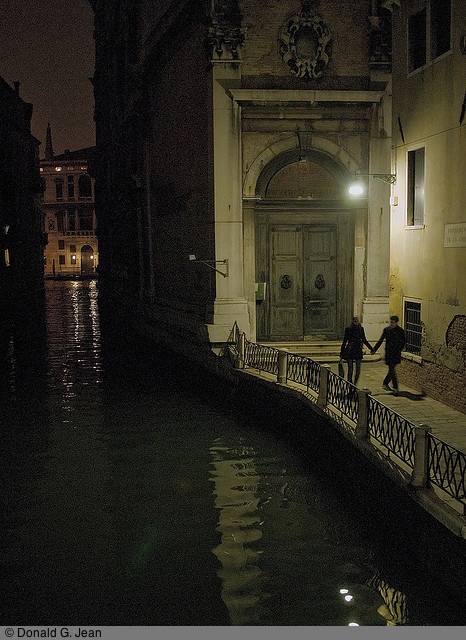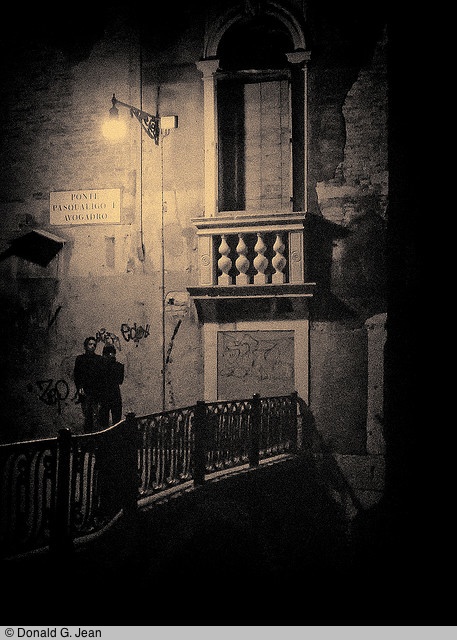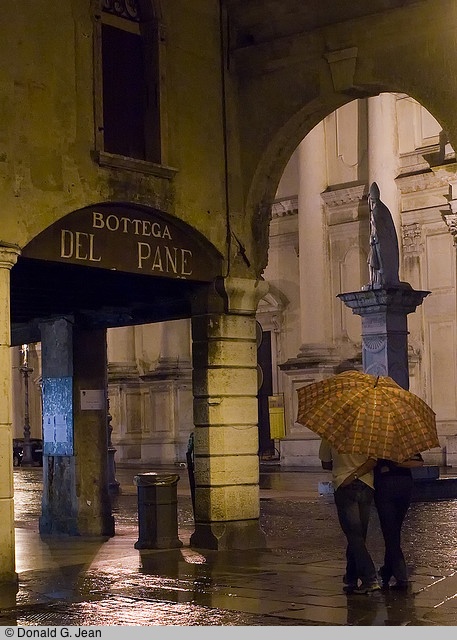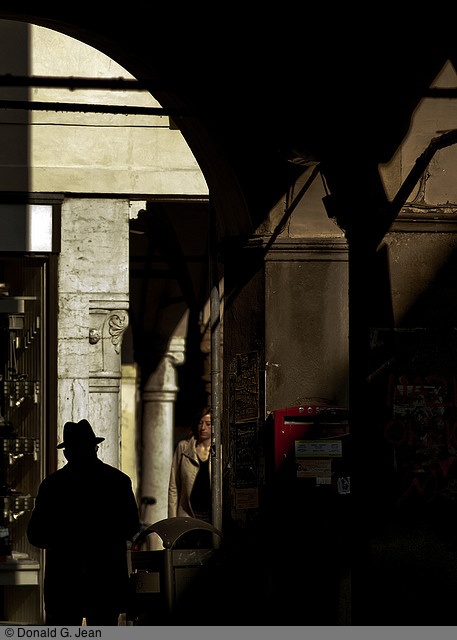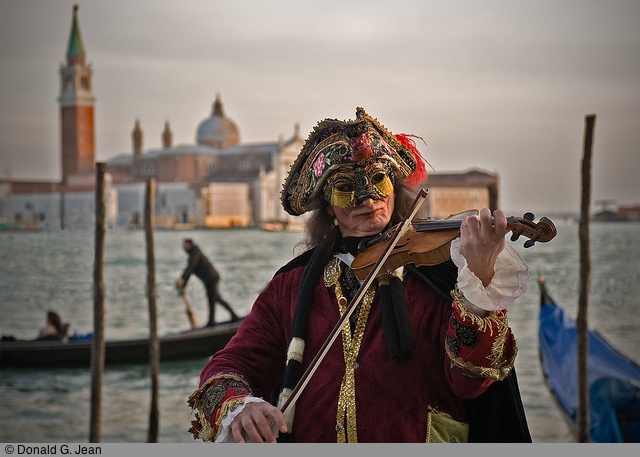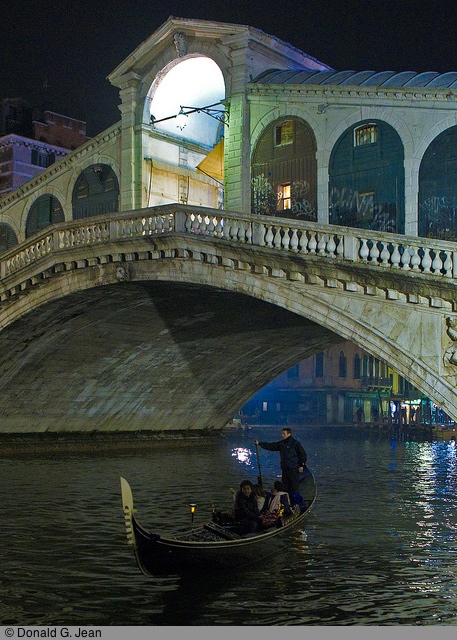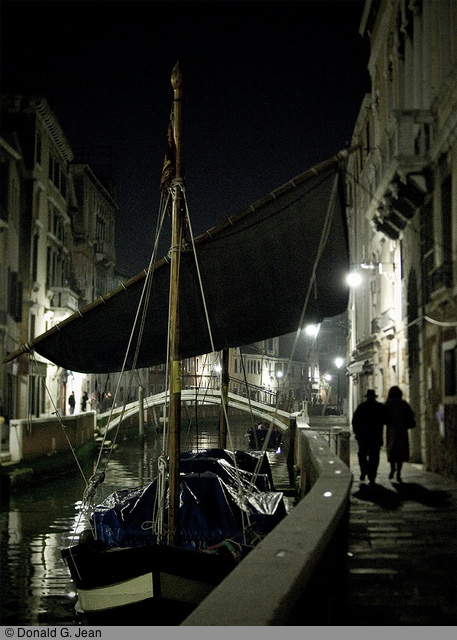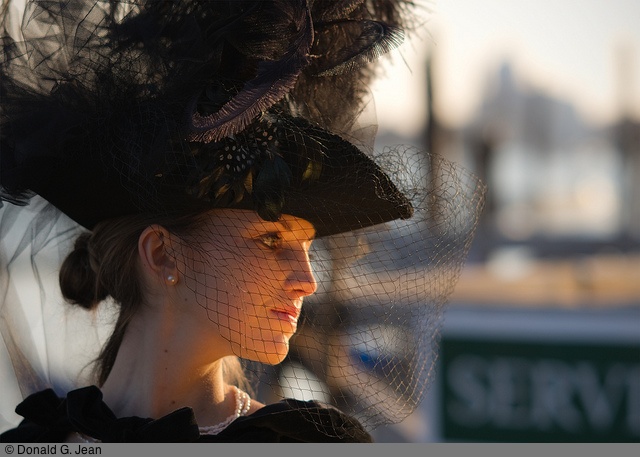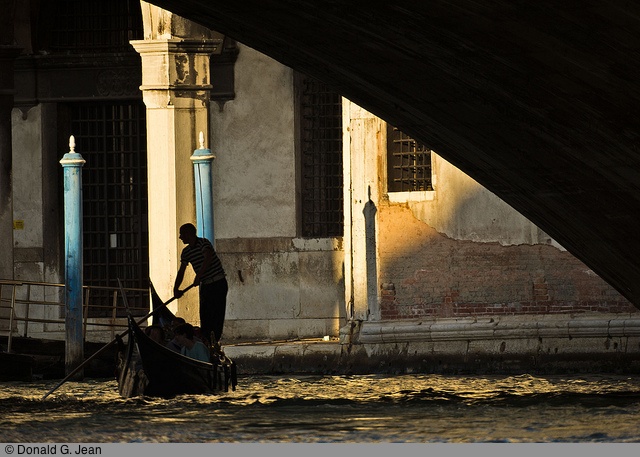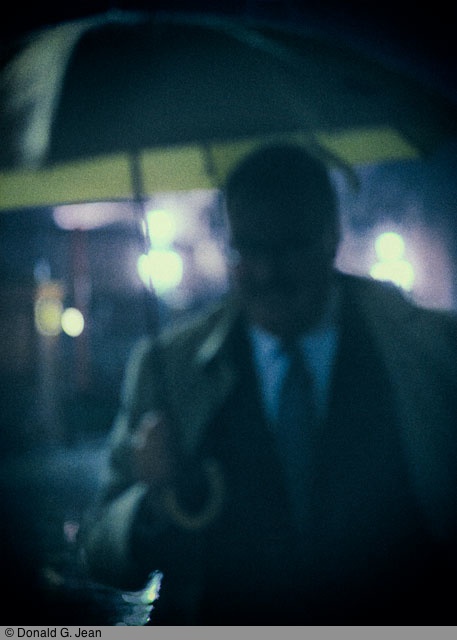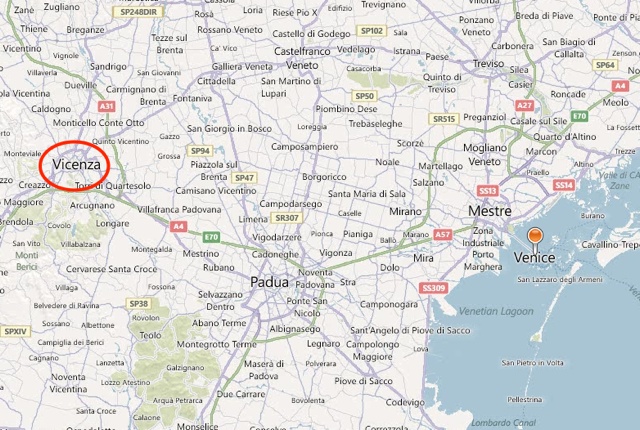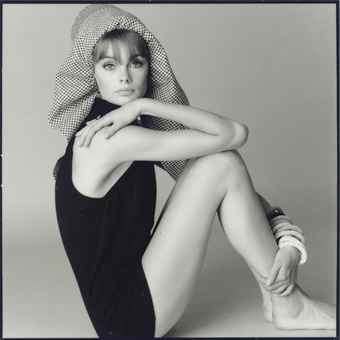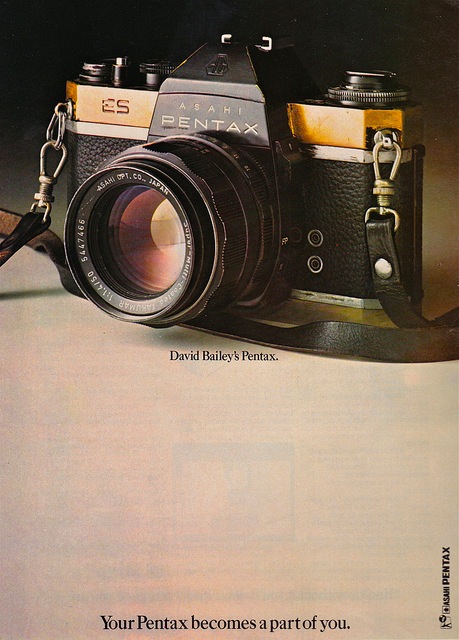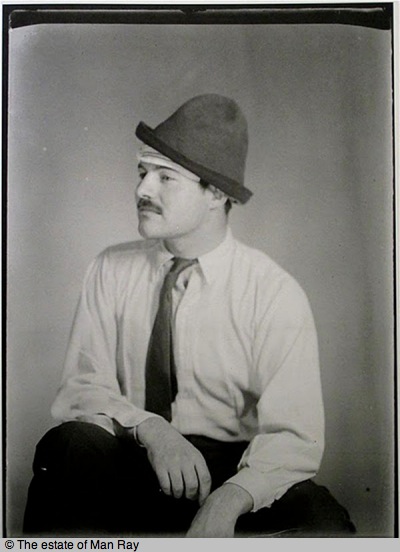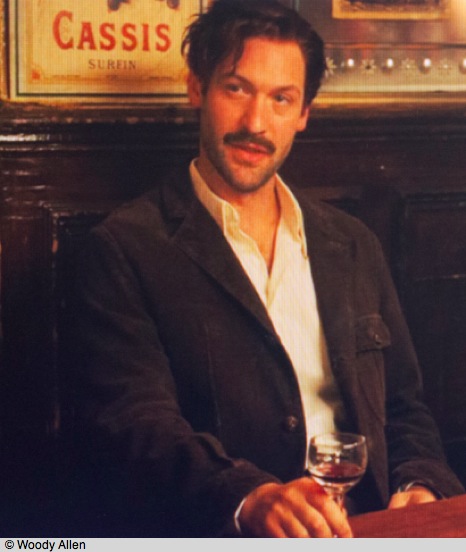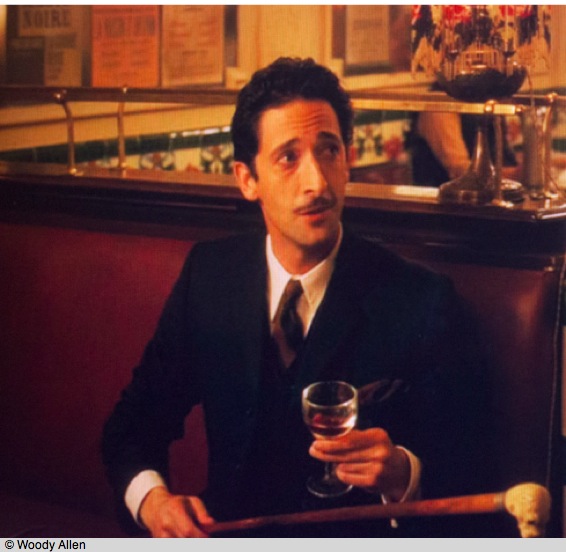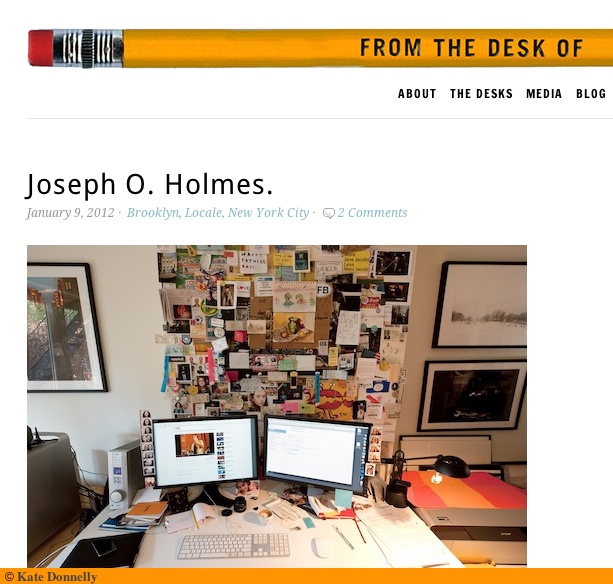A world class food photographer.
Andrea Thode is a German photographer who makes his home in Hamburg. I came across his work when he left a comment here a few weeks ago and was immediately struck by the stunning originality of his food photography. Never having seen anything quite like his fish pictures, I dropped Andrea a line asking if he would let me expose his work to readers.
Andrea has asked if I would like to fix the words in his biographical piece but I prefer to leave them unchanged as their meaning is clear.
Thank you Thomas for your interest and letting me contribute to your site.
I’m an almost 40 year old photographer, living in Hamburg/Germany. I took a professional education (technical training) in a big advertising studio in hamburg and finished after three years way back in 1991 as a certificated photographer. I learned to develop and print in black & white as well as color process (E-6/C-41). That was really heavy regarding all the chemicals I used to put together … At this time I did all kind of jobs, from small packshots to jewelry or small cars. I mainly worked with Nikon F3, Mamiya RZ or Plaubel 8×10″.
Something I didn’t learned was photojournalism or people photography at all. I was very shy, when it came to take images of strangers. Now my main inspirations always came from Sebastião Salgado. His books and exhibitions had a huge impact on me from early on. He was so close to people and under worst circumstances, that really shifted the way I saw photography or images as a whole.
Since that time I did all kind of different jobs to make an income, like car salesman or web and screendesign, and boy, how time flies! At some point, I returned to photography, as it was always on the back of my mind. That was almost seven years ago. That was also the time where I sold my Nikon F5 and bought a D2x, my first digital. It really shifted the way I saw things, due to the quick image response. I experimented very much, had some exhibitions and some jobs but gained not enough to make a living. So I kept on working mainly as a webdesign freelancer to finance my photography.
By 2008 I had the opportunity to work employed as a staff photographer at a newly launched print magazine called EFFILEE. Its mainly all about food, people and the world of good cuisine, jump started by a generous gourmet and millionaire named Vijay Sapre. So there I am. Taking Stills and images of food and drinks in my little studio and reportages of old winemakers in Burgundy or portraits of three star michelin chefs and famous restaurants all around germany. I often thought: “I get paid for this? – Sweet!”
That was until the end of january, from now on, I’ll be working as a freelancer again. The crisis hit the print publications the most and time and money is on the short side. But nonetheless, I learned very much by that time, encountered many great people and have now the opportunity to go my own way and take my pictures to the next level. My portfolio got bigger and bigger and I already have some enquiries and so much great overall response that I can stay positive for the future. Its going to be tough and rough and if its not for my personality, it will definitely shape my images.
I will focus more on interesting people and short travel reportages as I really love to know more about people and their jobs. I also love to be flexible and most often I work with small equipment and available light. I met some good journalists and authors and have already made some plans for interesting reportages. So please stay tuned and follow my website for updates, if you like.
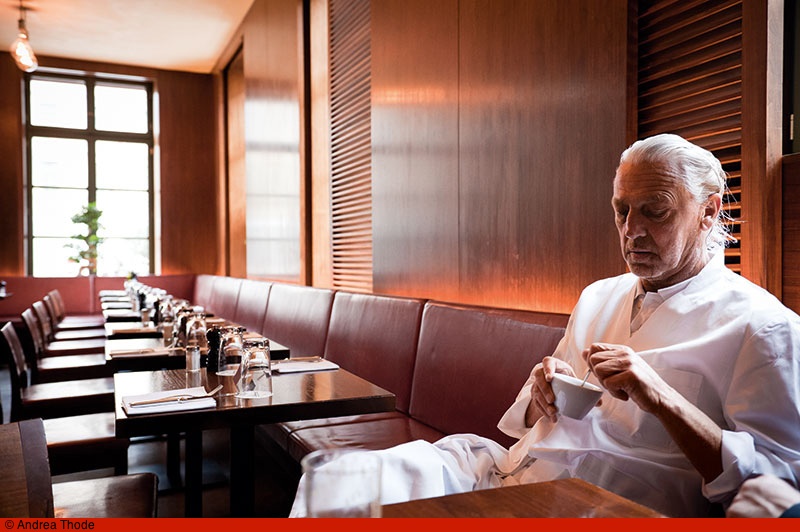
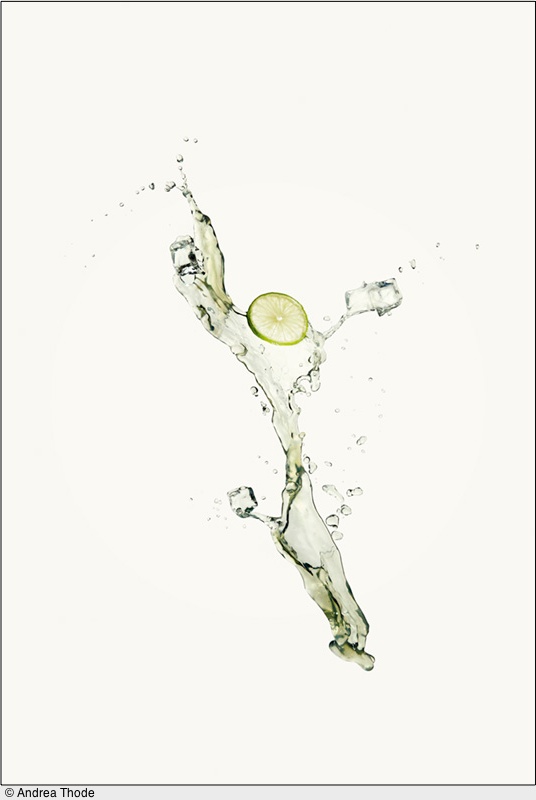
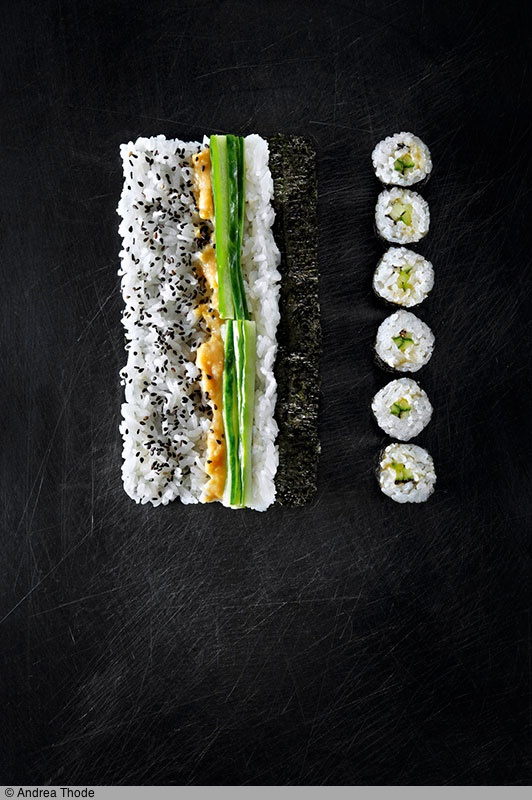
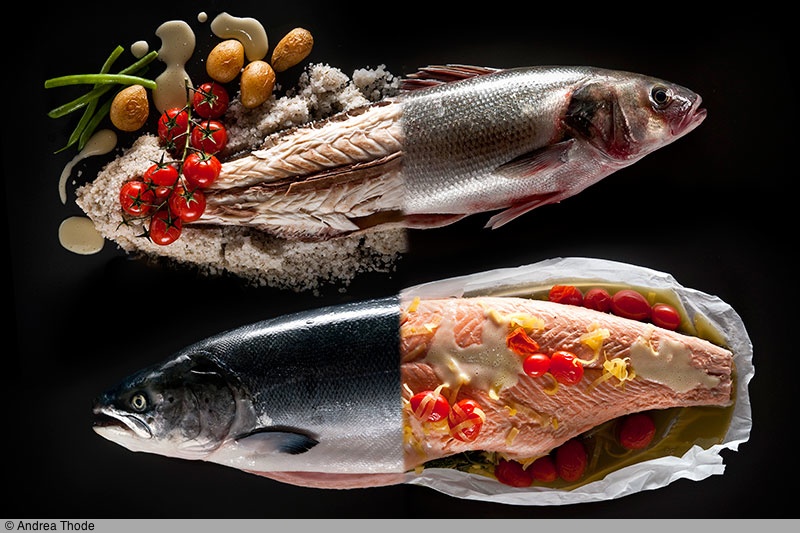
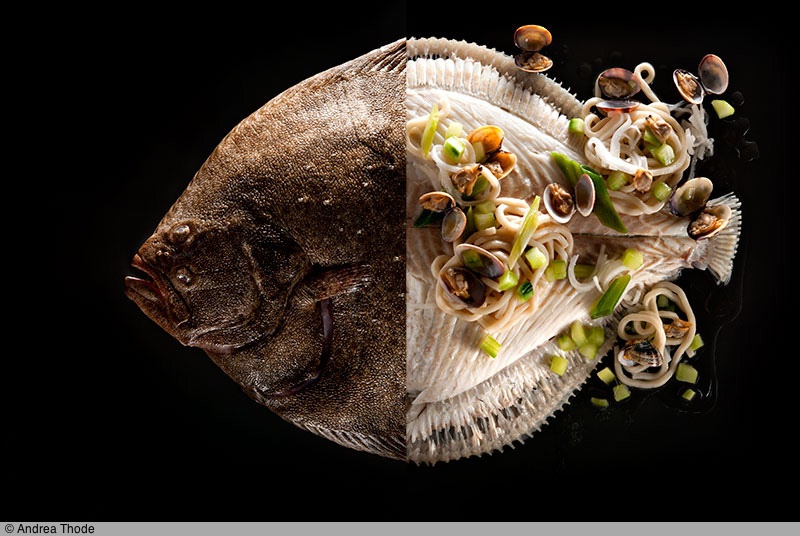
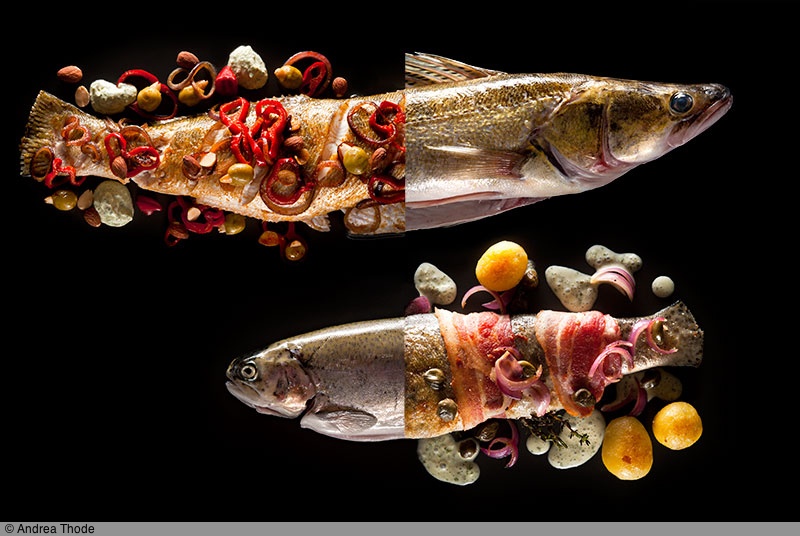
* * * * *
Thank you, Andrea, for allowing me to share your stunning photography with my readers. Be sure to check Andrea’s website for a broader cross-section of his outstanding work.
